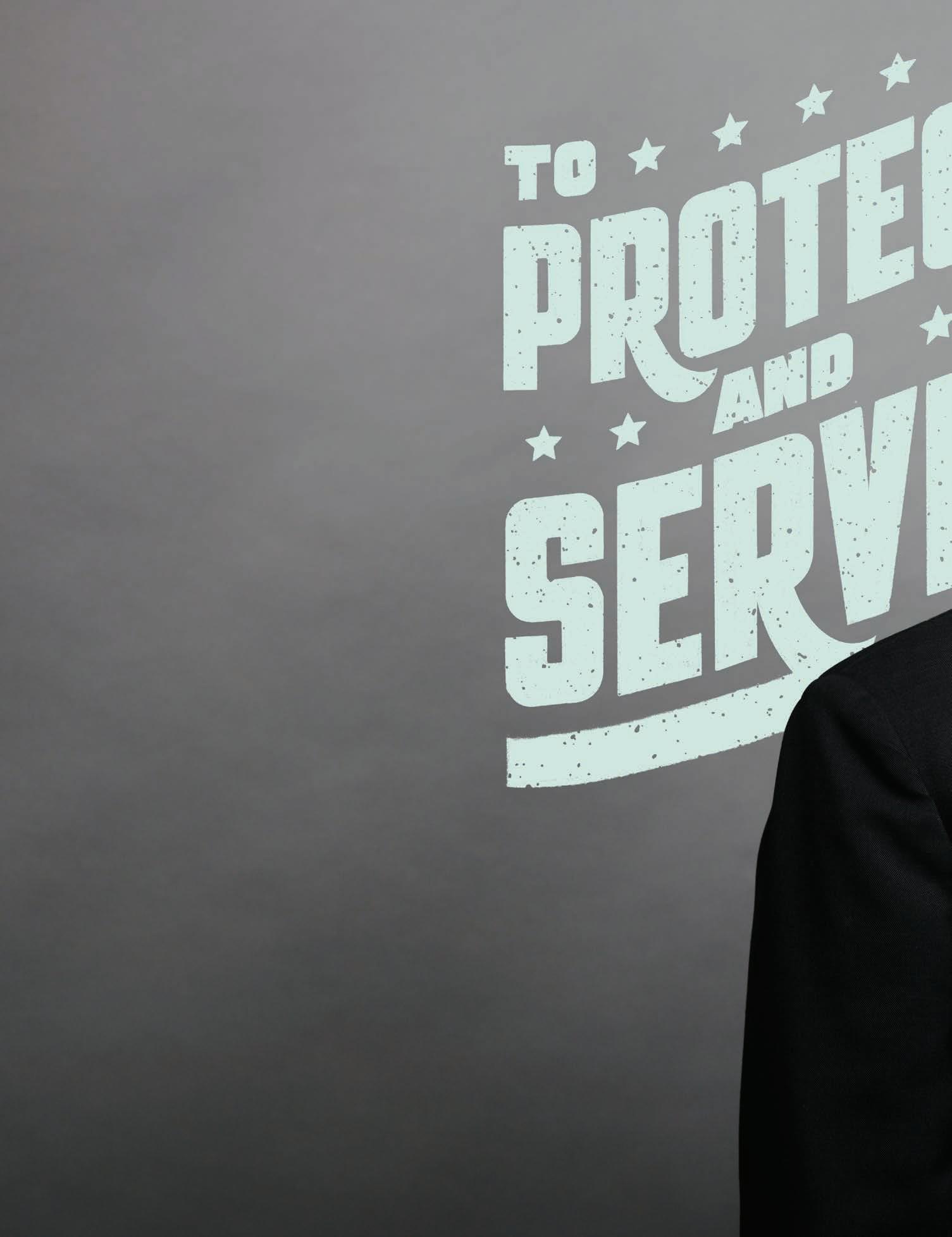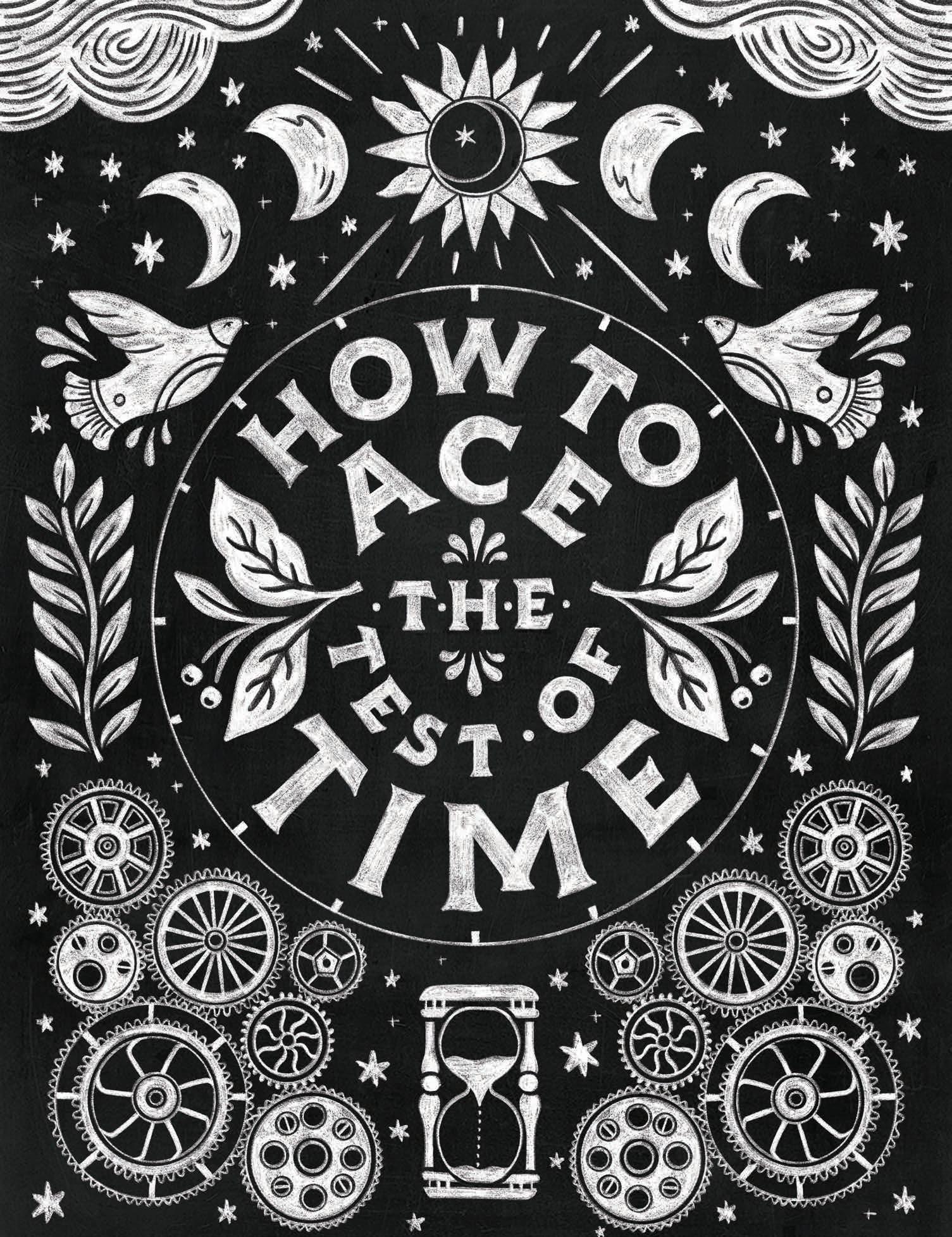
7 minute read
What Is White Privilege?
It’s not about you as an individual, even if you benefit from it. But recognizing and challenging structural “whiteness” is the key to equity — and excellence.
BY ANN GLEIG
Advertisement
white supremacy with groups such as shaped. How have legal and social the torch-carrying white nationalists systems in the U.S. functioned to who marched in Charlottesville, produce and maintain white privilege? Virginia. For sociologists, however, And what is the cost of such white the term white supremacy denotes, privilege to Black Americans? as DiAngelo writes, a “socio-political One good example is the legacy of system of domination based on racial redlining, a state-sponsored practice categories that benefits those defined by which the government maintained and perceived as white. This system of segregation between white and Black s an associate professor is reduced to individual bad actors, structural power privileges, centralizes populations. Neighborhood risk of cultural studies, I find privilege is misunderstood as and elevates white people as a group.” assessment maps developed for more that teaching terms such something individual rather than Even though according to 2019 Census than 200 cities during the 1930s shaped as “white privilege” and a system in which white people data, 60.1% of the U.S. population was federal government housing policies “white supremacy” as a collective are centered and white, she draws on data from 2016–17, in the United States. City planners often provoke defensive reactions prioritized. giving examples of this supremacy, literally drew red lines across the city to — what author Robin DiAngelo calls McIntosh explains, “As a white including: establish white suburban housing areas “white fragility” — in white people. person, I realized I had been taught that were separated by highways from Some students from blue-collar about racism as something that puts • Ten richest Americans: 100% white Black and immigrant neighborhoods. backgrounds can find it hard to others at a disadvantage, but had been • U.S. Congress: 90% white Often confined to densely packed emotionally connect with the notion taught not to see one of its corollary • People who decide which TV and more polluted urban centers, that they are privileged when they have aspects, white privilege, which puts shows we see: 93% white Black Americans were more likely to struggled financially. Others from more me at an advantage.” She then lists • People who decide which news is be denied mortgages or only offered comfortable middle-class backgrounds 26 ways in which white privilege covered: 85% white mortgages with high interest rates. can feel that their family success is manifests itself. These include: • Teachers: 82% white While these practices were made illegal being undermined or that they haven’t through the 1968 Fair Housing Act and worked as hard as others to achieve • I can go shopping alone most of To better grasp the concepts of white the 1977 Community Reinvestment their success. And some students the time, pretty well assured that privilege and white supremacy, we have Act, many of them continued in new, complain that such concepts are merely I will not be followed or harassed. to move beyond individual experiences less overt forms. Before the 2008 tools to “shame white people.” • I can be sure that my children will to understand the structural conditions recession, for instance, there was an
One of the major stumbling blocks be given curricular materials that and the wider historical and social increase on risky loans for low-income here is that such students reduce testify to the existence of their race. context in which all individuals are borrowers. Afterward, many Black both racism and white privilege to • I am never asked to speak for all the people of my racial group. • I can be sure that if I need legal or medical help, my race will not work against me. Extending the work of McIntosh, DiAngelo notes in her book White Fragility that many Americans equate certain individuals. As the epigraph to Peggy McIntosh’s foundational 1989 article “White Privilege: Unpacking the Invisible Knapsack” states, “I was taught to see racism only in individual acts of meanness, not in invisible systems conferring dominance on my group.” Just as systemic racism What IsWhite
RESOURCES
An open-source resource for white people wanting to dismantle white supremacy. Available at bit.ly/antiracismresources The Color of Law: A Forgotten History of How Our Government Segregated America Richard Rothstein Me and White Supremacy: Combat Racism, Change the World, and Become a Good Ancestor Layla F. Saad
Americans lost their homes, and property values decreased in minority neighborhoods.
The legacy of redlining is present in wealth inequities today. A report by the Federal Reserve stated that white families have nearly eight times the net worth of Black families and more than five times that of Hispanic families. As explained in the Mapping Inequality Project, “Redlining directed both public and private capital to native-born white families and away from African American and immigrant families. As homeownership was arguably the most significant means of intergenerational wealth building in the United States in the 20th century, these redlining practices from eight decades ago had long-term effects in creating wealth inequalities that we still see today.”
Another legacy of redlining is health inequities between white and Black Americans. According to the Centers for Disease Control and Prevention, African Americans are more likely to have high blood pressure, diabetes and strokes at a younger age than their white counterparts and to die at earlier ages from all causes. And Black children are about twice as likely to have asthma than white children. As a white person, I realized I had been taught about racism as something that puts others at a disadvantage, but had been taught not to see one of its corollary aspects, white privilege, which puts me at an advantage.
Peggy McIntosh “White Privilege: Unpacking the Invisible Knapsack”
A major factor in determining health While individual white people are and life expectancy is where you live. not to blame for policies that began A study comparing housing districts before they were born, we are still in Southeast Washington, D.C., with benefiting from them at the — often Bethesda, Maryland, revealed that the grave — expense of Black Americans. average life expectancy was 10 years We must challenge rather than comply lower in the predominantly Black with white supremacy and work toward neighborhood than the affluent white creating a country that is more livable neighborhood, even though they’re for everyone. What are some specific only about 10 miles apart. This is ways white people can recognize and take because where we live determines our responsibility for white supremacy? access to education, employment, fresh food and outdoor space — all factors • Educate ourselves on systemic that contribute to health. racism and white supremacy. Through specific examples such • Participate in anti-racist as redlining, my students are able to training programs. see how white privilege and white • Commit to having difficult supremacy are structural phenomena conversations with white family rooted in historical legal and social and friends about systemic racism. processes. This offers them an • Join multiracial organizations such opportunity to move beyond individual as Showing Up for Racial Justice. defensiveness and to develop empathy • Partner with Black organizations. and solidarity with Black Americans. • Support Black-owned businesses. One of my current students, for example, shared that during high As constitutional law scholar Bruce school she was struck by the massive Ledewitz states, “Since white racism differences in resources between the is the problem, it is the responsibility predominately Black urban school she attended and the predominantly white suburban school her brother attended. She discovered that her school was in a former redlined neighborhood, which had been denied the same resources and opportunities as white neighborhoods. Understanding her experience in a wider social and historical context made her commit to tackling racism in her own family and community. WhitePrivilege? Ann Gleig is an associate professor of religion and cultural studies who has taught about racism and white supremacy since earning a Ph.D. in religious studies from Rice University in 2010. “ of white people to end it.” What are we waiting for?
The New Jim Crow: Mass Incarceration in the Age of Colorblindness Michelle Alexander So You Want to Talk About Race? Ijeoma Oluo Waking Up White: And Finding Myself in the Story of Race Debbie Irving Why Are All the Black Kids Sitting Together in the Cafeteria?: And Other Conversations About Race Beverly Daniel Tatum










